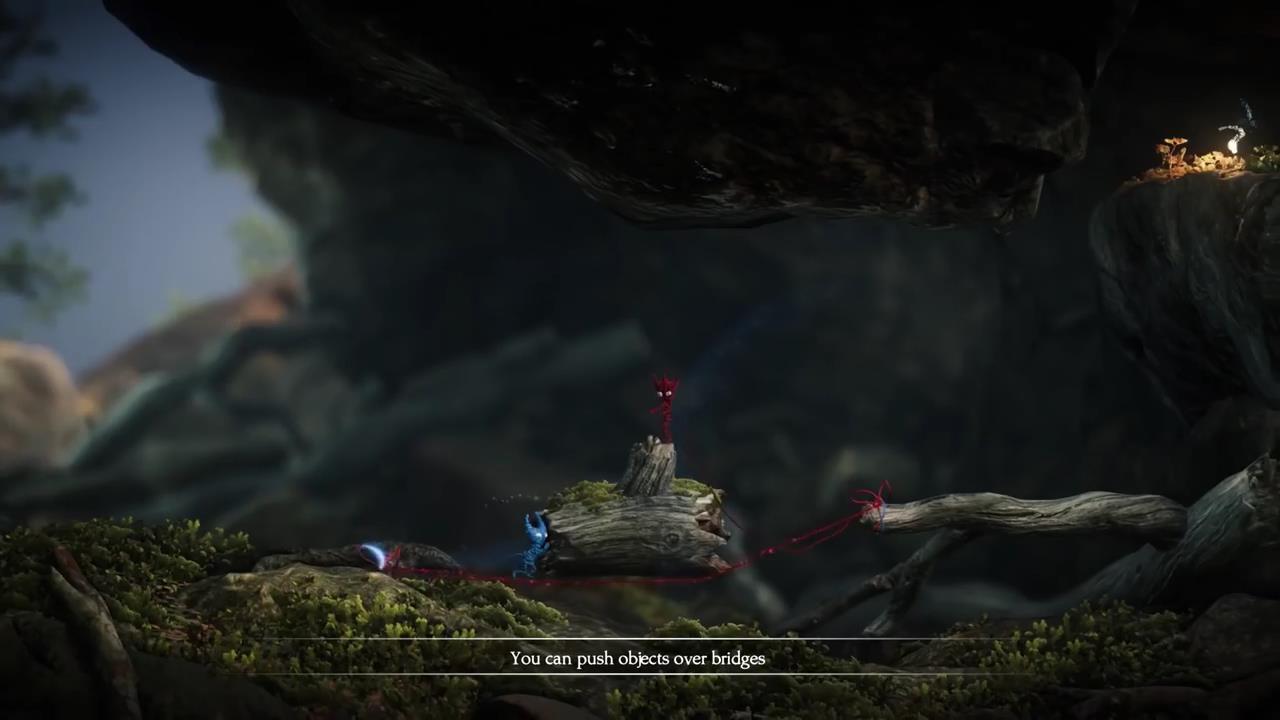

To attach the yarn, just hold it in place, then wrap a couple of loops of yarn around it. The skeleton is done, time to start wrapping it all in yarn! Start at the feet and just wrap. Use the stabilizing wire to give the head a bit of shape too, that makes the wrapping process easier. Repeat that stabilizing process for the head. You can actually wrap a bit more wire around the hips than what I did here, because it makes the legs a bit easier to pose. Take another piece of wire and use it to stabilize the body your Yarny will be too squishy otherwise. Make the ends of the head wire pretty long, and then wrap them around the body wire to attach the head. It’s okay to exaggerate the tips of the ears a bit, and make them slightly longer – they have a tendency to disappear otherwise. It will get bigger once you start wrapping it in yarn. Try to make the shape roughly match the silhouette you want to end up with, but don’t make it too huge. To make the head, measure up some more wire. You can cut off the loose ends afterwards.

It’s easier to wrap the wire if you make it pretty long. To attach the arms to the body, just wrap them in some more wire.

Measure up a double length of wire, make little loops for the hands, and twist the wire to make it stronger. You make the arms in the same way as the first skeleton piece. If you’ve got good armature wire, it’s pretty easy to twist even without pliers. Twist the wire to make the skeleton stronger, that’s why it has to be double length. Cut a piece of armature wire long enough to reach from foot to foot and back again, and bend it to shape. There are probably tons of ways you could do this, but the way I did it was to do the legs/body, the arms and the head in three separate parts. The first part you build is a poseable wire skeleton. Now, you’re ready to build! Step 1: Start the Wire Skeleton I just followed the river that runs by the Coldwood office until I found a nice, flat surface (in this case, a rock). I was out in the woods when I made the first Yarny, so I figured I’d stick with that tradition for this guide. You know what works best for you, but for me, nature is the thing. Now that you have all the tools you need, you’ll have to find a place to work. The original Yarny is just under 22 cm tall (or just over 8-1/2 inches). I used my original Yarny as a template, but you could sketch something up, or print this out. It’s nice to have some sort of reference. I used a piece of wire on the original Yarny, so I guess that works too. A paper clip is pretty much perfect for sewing up loose yarn ends.

UNRAVEL TWO WALKTHROUGH HOW TO
Then follow the guide below – written by Unravel™ Two director and Yarny fashioner Martin Sahlin – to learn how to bring your Yarny out of the game and into real life. Complete tough challenges to reveal new heads, bodies, and colors of yarn, and use them to customize your little magical character. In Unravel™ Two, you can create a Yarny of your very own. News Games News Games How to Make Your Own Yarny Guide Learn how Yarny was created and follow along to make your own magical friend.


 0 kommentar(er)
0 kommentar(er)
